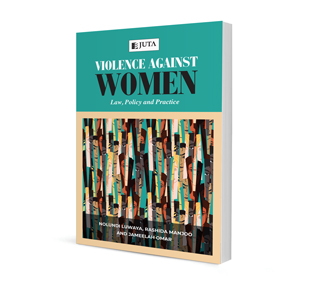
A crisis of violence against women: Has South Africa fulfilled its obligations in terms of the Convention on the Elimination of All Forms of Discrimination against Women?
Author Samantha Barkley
ISSN: 1996-2088
Affiliations: BA LLB LLM (Wits); Associate Lecturer at the University of the Witwatersrand.
Source: Acta Juridica, 2020, p. 165 – 196
Abstract
Gender discrimination in South Africa is both a historical phenomenon and a current experience. Women continue to be unfairly treated, they are regarded as inferior to men, and they are subjected to violence. This contribution seeks to examine South Africa’s fulfilment of its obligations under the Convention on the Elimination of All Forms of Discrimination against Women (CEDAW). In terms of this Convention, South Africa is obliged to take appropriate measures to eliminate all discrimination against women. In light of these obligations, domestic law has been enacted to address the inequality and discrimination experienced by women, particularly as a result of violence. This article shows that, despite the country’s international obligations, and the subsequent enactment of domestic legislation, the problems of gender inequality and discrimination persist. Gaps in the enforcement of legislation remain. As a result, women in South Africa are further disempowered. However, women’s movements have contributed to securing women’s rights and they play a key role in ensuring the implementation of these rights. By relying on CEDAW, women’s movements and activists are able to hold government and its institutions accountable for their obligations under CEDAW, which, most importantly, are gender equality and non-discrimination. South Africa may also be commended for taking steps to enact domestic legislation aimed at articulating gender equality and nondiscrimination. Such legislation provides the mechanisms and means to prohibit harmful and discriminatory practices relating to violence against women. However, the inclusion of such rights and to a great extent their enforcement may be attributed to women’s movements and gender activists.